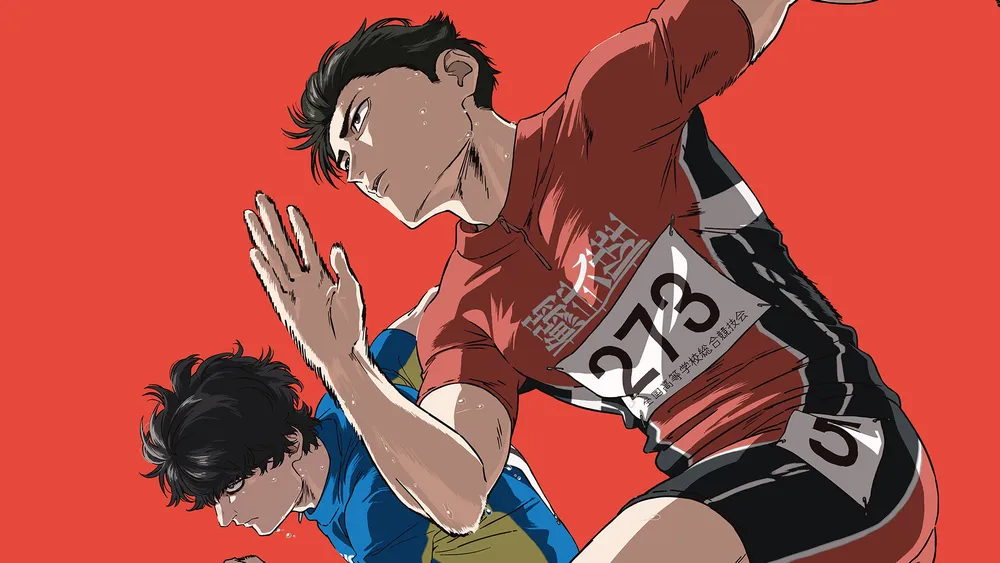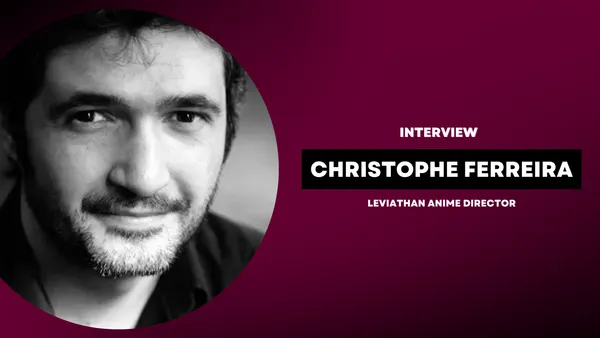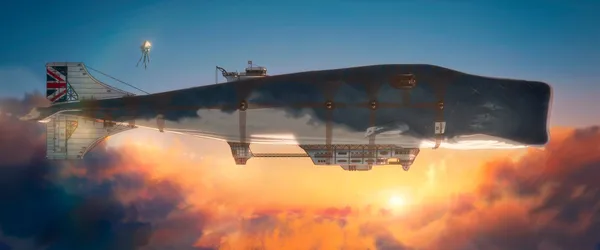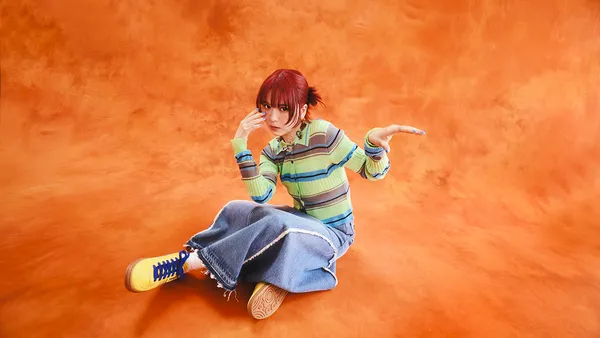Interview With 100 Meters Director Kenji Iwaisawa
The anime movie adaptation of Uoto's 100 Meters took the world by storm: it follows a group of runners and the challenges they face, and is Kenji Iwaisawa's first directorial work since On-Gaku: Our Sound. In line with the screenings of the movie in North America, we had a chance to interview Director Iwaisawa and discuss the production process, animation, characters, and more.
Q: How did you get involved in the 100 Meters project?
A: 100 Meters is based on a manga. Uoto-sensei, the manga artist, he had a huge hit called Orb. So, I was reading that, and then I really got interested in him as an artist, a manga artist.
I was looking into his other works and then found 100 Meters. I [thought] "Oh yeah, this is also a good story." And then maybe about two weeks later, I got an offer to work on this movie. It was perfect timing, actually.
Q: What was the level of Uoto’s involvement in the movie?
A: Because the manga is so long, we had to shorten it for the movie. We came up with an outline and presented it to him with the cuts and the shortened [story]. He gave us feedback, we made adjustments, fixed it, and then presented it again. We had a couple of back-and-forths on how to come up with a final outline, but mostly he was involved in the outline and scripting process.
Q: How did you approach the organizational aspect of directing a film such as 100 Meters, compared to On Gaku, which you mostly worked on by yourself with a smaller staff?
A: Yes, so in order to work on 100 Meters, I had created a new studio, based around me. Then I gathered a bunch of animators who are good with rotoscoping, and then we had to establish the workflow of my staff in my studio first. And then we had more outside animators.
But really, not much changed other than the fact that I didn't draw as much this time. I just had to convey what my vision was to the other animators. So, overall, the process wasn't that different from my previous work.
Q: How long did it take to complete the production?
A: From the time that the project was offered to me, it was about four years, but the actual animation took about two years.
Q: The long cut of the race in the rain was my favorite; I’d like to hear more about it. Why did you choose the black and white aesthetic? And what about the fading into white with the rain?
A: The rain sequence, I came up with it at the very beginning of this project. When I actually started working on this, I went to actually see a track and field meet. That was when I saw the athletes just doing their warm-up routine and doing different things that are outside of the race. That's when I came up with [the idea of] wanting to take this in visually, do it in one shot. And as a movie, it'll really add– the sequence would add depth to the movie because it just shows the different elements of a race. Even the actual film footage that we took for the rotoscoping purposes was taken in one shot, and then we animated that.
I think with different ideas of how the style changes, it just came along as we animated and were working on it, and especially the ending that you like, you know, the end of that. As I was working on that sequence, it really came at the very end. I was like trying to add more white with the rain, and then came up with the idea to just make it turn into white.
Q: If you could go back and do something differently in this production, what would it be?
A: I just finished the film, and we just released this, so not yet. I haven't come up with anything yet, but maybe as time passes, I might come up with the little things that I might want to change.
Q: Do you have a favorite character in the movie?
A: I think my favorite would be Kaido. I think my favorite would be Kaido. He is a character with his own philosophy and ideologies, but he's very grounded in who he is. He's also convincing as a character. And also because he knows what it is to be defeated all the time, that's why he's so self-aware of himself. But he uses all that as energy to go up and try again. I think that really makes him an alluring, attractive character.
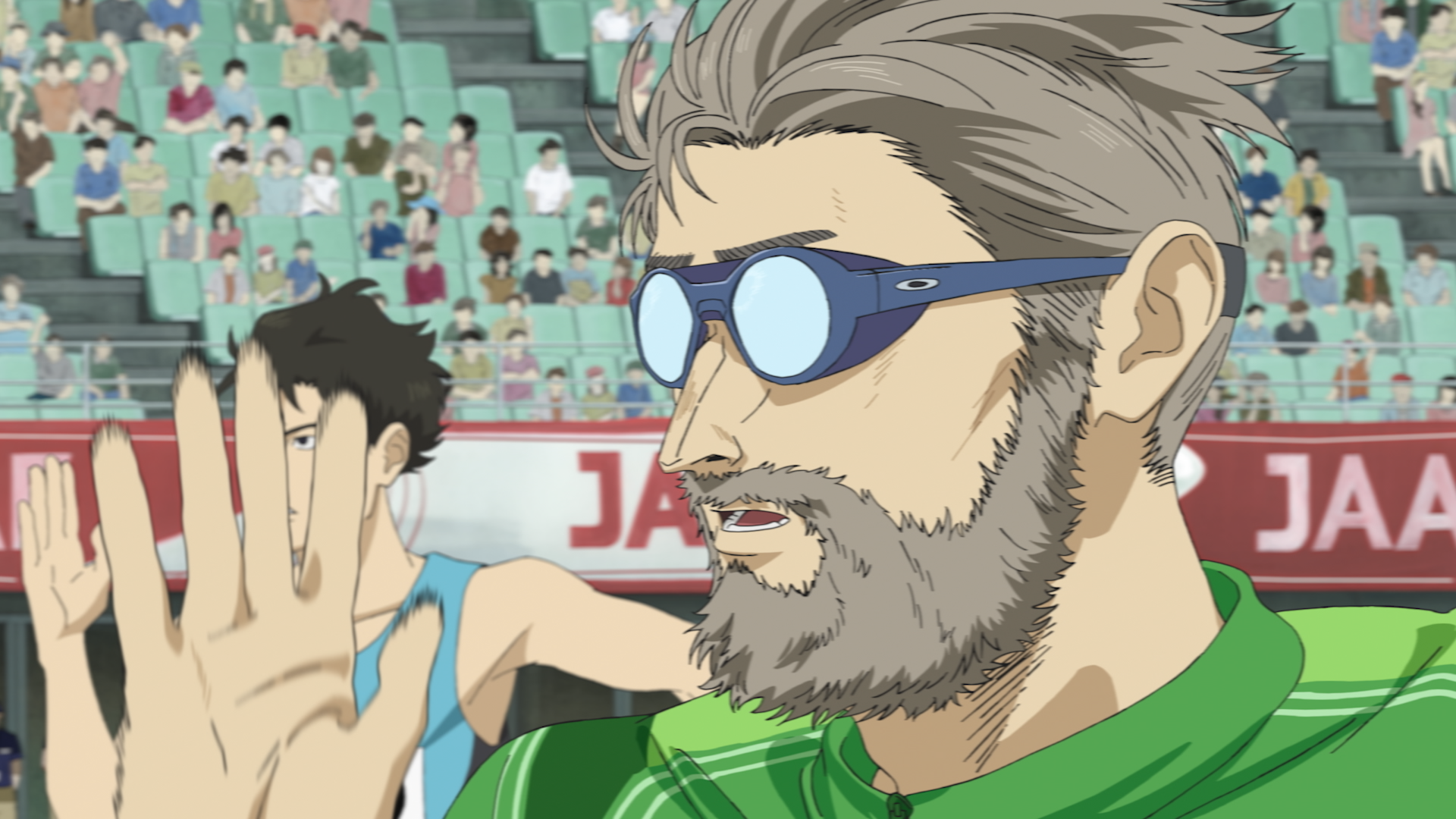
Q: How do you see the 100 meters? What does that mean to you?
A: You know, the distance of 100 meters, it really comes up to the philosophy of "It's short, but it's long." From the audience, 100 meters looks really short on the track, but then if you actually run it and actually experience running it, it's actually really long. I think you really have to try it and know about it, or you're going to get hurt.
Q: And for my last question, as we're running out of time, what is something that you will take from this production to your next project?
A: First of all, I'm glad I got to experience it. Within production this time, I got to work with professional, veteran staff members, and young beginner staff who have never experienced animation production, but managed to play the role as main animators. It was very hybrid and big to me, and I hope we can make the most of it for our next work.
We'd like to thank Director Iwaisawa for taking the time to answer our questions. GKIDS is currently screening 100 Meters in select cinemas in North America.
Images: ©Tuyaka Uo, Kodansha / Hyakuemu. Production Committee
Assistance: Sarca, Bushido Samurai (translation)
